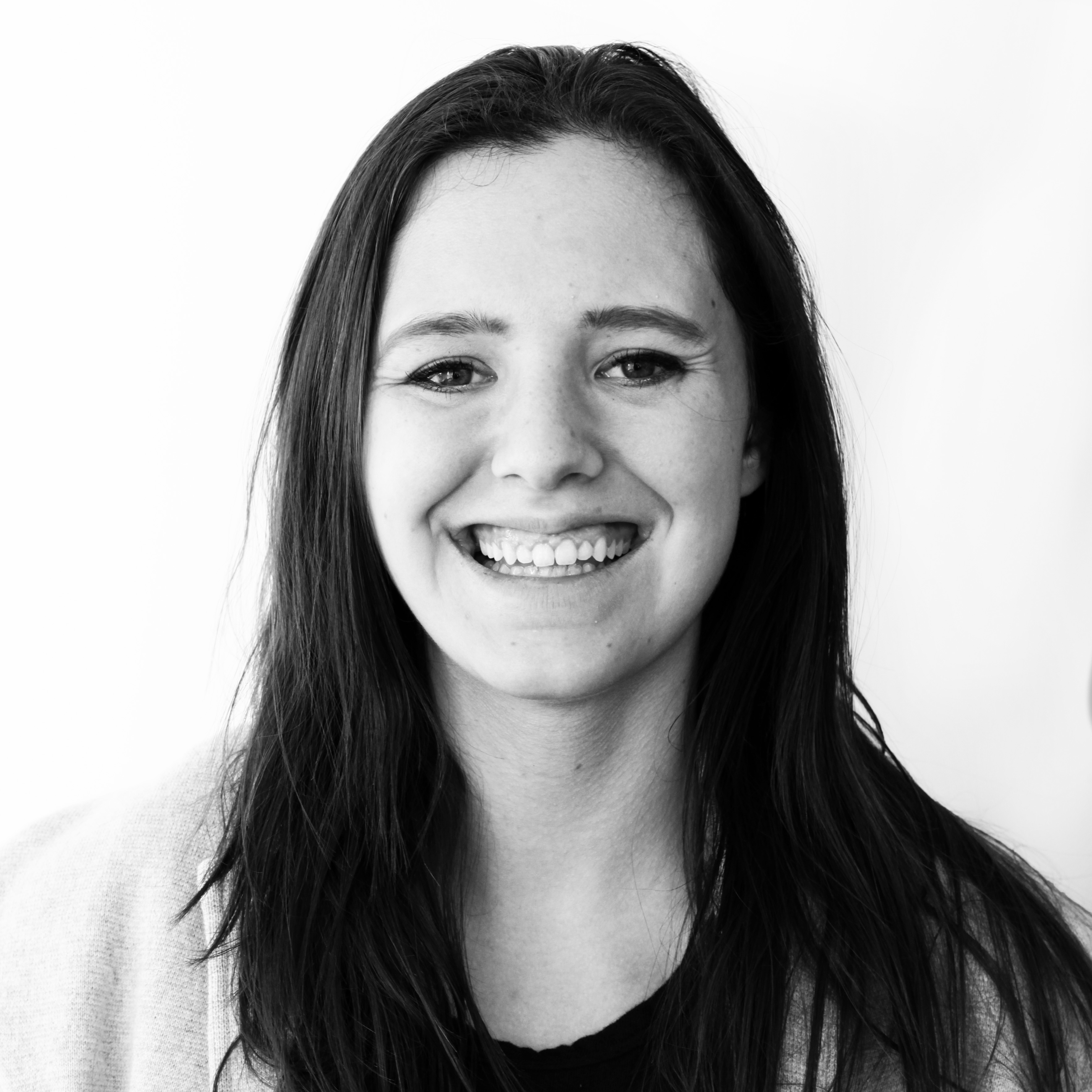Women have known for years that their pockets are too small, too shallow, and in every possible way inferior to those of their male counterparts.
Now they have the data to prove it.
That’s thanks to an informal study published this month by journalists Jan Diehm and Amber Thomas of data journalism outlet The Pudding. Diehm and Thomas went to malls in Nashville, New York, and Seattle to measure the width and depth of the pockets in 80 pairs of jeans—40 men's, 40 women's—across 20 brands.
“We had seen countless anecdotal think pieces and Twitter rants,” Diehm told The Daily Beast via email. “But we wanted to be able to back that up with cold hard data.”
Their methodology was simple. For each of the 20 brands, Diehm and Thomas measured the front and back pockets of four pairs of jeans—two men’s pairs, and two women’s pairs.
The pair pored over lists of the most popular U.S. brands to select their sample, hoping to establish a cross-section of what’s available to the average American woman. To ensure consistency, and deter critics who would argue that men’s pockets were just bigger because the pants themselves were bigger, Diehm and Thomas always chose jeans with a size 32 waist. They sampled one skinny pair and one straight pair for both genders, using similar substitutes if those cuts weren’t available.
Diehm and Thomas’ findings, as any woman could have guessed, prove women’s pockets are meager. On average, women’s skinny jean front pockets are 3.5 inches shorter and .3 inches narrower than men’s.
In other words, women’s pockets are 48 percent shorter and three percent narrower—nearly half the size of men's pockets.
Straight jeans are even worse: Women’s front pockets are 46 percent shorter and 10 percent narrower than their counterparts in men’s pants, measuring 3.4 inches shorter and .6 inches narrower.
“I think part of me was holding out hope that maybe I just hadn’t discovered the mainstream jeans brands with the secret giant pockets,” Thomas told The Daily Beast via email. “But we looked across 20 different brands and the women’s front pockets were consistently smaller than the men’s counterparts.”
This discrepancy isn’t just annoying—it also creates a practical burden for women trying to carry their phone, their wallet, or anything larger than a credit card. Diehm and Thomas analyzed this, too, by calculating the percentage of women’s and men’s pockets that could fit these everyday objects.
It wasn’t good. A full 100 percent of men’s front pockets could fit the iPhone X, compared to only 40 percent of women’s. For an average-sized front wallet, those numbers were exactly the same.
The Google Pixel 2—which is only tenths of an inch longer than the iPhone X—was much worse: 85 percent of men’s front pockets could fully hold a Pixel, compared to just 5 percent of women’s.
The worst front pocket offenders were Guess (skinny jeans) and the Gap (straight jeans), which measured 4.5 and 5.5 inches deep, respectively. The shallowest men’s pocket, H&M’s skinny, was almost double Guess’ at 7.9 inches deep.
Although she expected to find some difference between men’s and women’s jeans, Thomas was shocked by just how massive that difference was. “I knew that my partner’s jeans pockets were bigger than mine,” she told The Daily Beast, “but seeing them side-by-side was eye opening.”
“For me, it does get a bit political,” Diehm added. “Pocket size is another thing that’s policing women’s bodies and limiting our independence in what we can carry.”
A few women’s pockets were a more reasonable size—but the best performing pockets took Diehm by surprise.
“Abercrombie [and Fitch’s] women’s front pockets were the biggest and Express women’s back pockets were the biggest,” Diehm noted, leading her to joke that “I should revert back to my high school mall shopping game.”
But Abercrombie’s winning pockets were still only 8.4 inches deep. That’s only half an inch more than the smallest men’s pocket, and far less than the deepest men’s pocket, which measured a full 10 inches.
There is one other reason for hope: back pockets. Across all the surveyed jeans, there were only single-digit percentage discrepancies in width and depth.
The study isn’t perfect. Diehm and Thomas only looked at 20 brands and two styles per gender; there are hundreds more available on the internet that may be more useful. But the pair maintains that their findings make a powerful statement about sexism in the fashion industry.
“Just being able to put some numbers to our collective discontent was important,” Diehm said.






